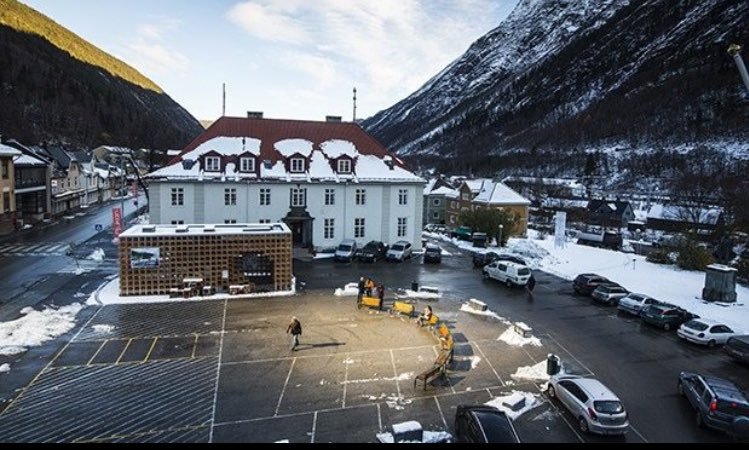Chengdu City wants to raise a reflecting satellite to illuminate the streets with a spot of sunlight of 10–80 km

Prototype Orbital Reflector
Already in November of this year, Ilon Mask will launch an Orbital reflector into low earth orbit, which residents of different countries will be able to observe in the sky with the naked eye.
Perhaps this project gave inspiration to the authorities of the South Chinese city of Chengdu, who in 2020 plan to launch their own "reflector" . Only their satellite has a specific practical purpose. It will hang over a specific city and will throw a spot of sunlight 10–80 km in diameter onto the Earth. Thus, the stationary space reflector will be a substitute for night street lighting, which takes a large part of the city budget. Perhaps the satellite will even be cheaper.
Chengdu is a city of 11.05 million people; it is one of the largest cities in China in terms of population. It can be imagined that a considerable amount of money is being spent on lighting city streets at night, so the satellite may well be considered as an opportunity to save money.
')
According to Wikipedia, the area of Chengdu city is 12,390 km², which corresponds to a circle with a diameter of about 125 km. That is, even with the maximum desire, the own reflector satellite will not illuminate the entire territory of the city entirely. Obviously, it is intended to cover only the center.
People's Daily writes that the idea of launching its own “artificial Moon” was voiced by Wu Chunfeng, Chairman of the Research Institute of Aerospace Sciences and Technology of Microelectronics Systems in Chengdu (Chengdu Aerospace Science and Technology Microelectronics System Research Institute) in a speech at the conference on national innovation and entrepreneurial activity.
The satellite is designed to complement or even replace the natural moon at night. The brightness of the "artificial moon" is provided eight times more than the real one. It will be bright enough to replace street lighting.
With a total diameter of 10 to 80 kilometers, the exact boundaries of the light spot can be adjusted within a few tens of meters, shifting it to one side or the other if necessary.
Chinese engineers say that the idea of an artificial Moon was borrowed not from Ilon Mask, but from some French artist who imagined a mirror necklace suspended above the ground, which could reflect sunlight all year round, illuminating the streets of Paris.
Testing satellite lighting began several years ago, and now the technology has finally matured for commercial use, said Wu Chunfeng.
The idea is quite reasonable, although some skeptics express concern that the constantly reflected light in the sky may have an adverse effect on the lives of some animals and astronomical observations. But you need to understand that the inhabitants of megacities already live in conditions of constant illumination and noise, which does not stop around the clock, so that for them such living conditions are quite common. "Artificial Moon" does not bring anything new here, just the way the lighting changes somewhat.
Director of the Optics Institute of the Aerospace School of the Harbin Institute of Technology Kang Weimin (Kang Weimin) added that the light from the satellite would not be very bright, but rather similar to the twilight lighting, so it should not affect the normal activity of animals or the biorhythms of people.

Mirrors in Norwegian Riukan
This idea is somewhat reminiscent of a project in the Norwegian city of Rjukan , where mirrors in the mountains track the direction to the Sun and constantly reflect light to the central city square.
In general, back in the 90s, for the first time in the world, a solar reflector was launched into orbit by Russian specialists as part of the Banner space experiment program . Unfortunately, this promising interesting program has been closed. Roscosmos stopped it after the failure of the experiment "Banner 2.5": February 4, 1999 at the beginning of the disclosure, the shell of the mirror caught on the antenna. The Progress M-40 spacecraft was lowered from orbit and flooded in the ocean.
Source: https://habr.com/ru/post/426903/
All Articles